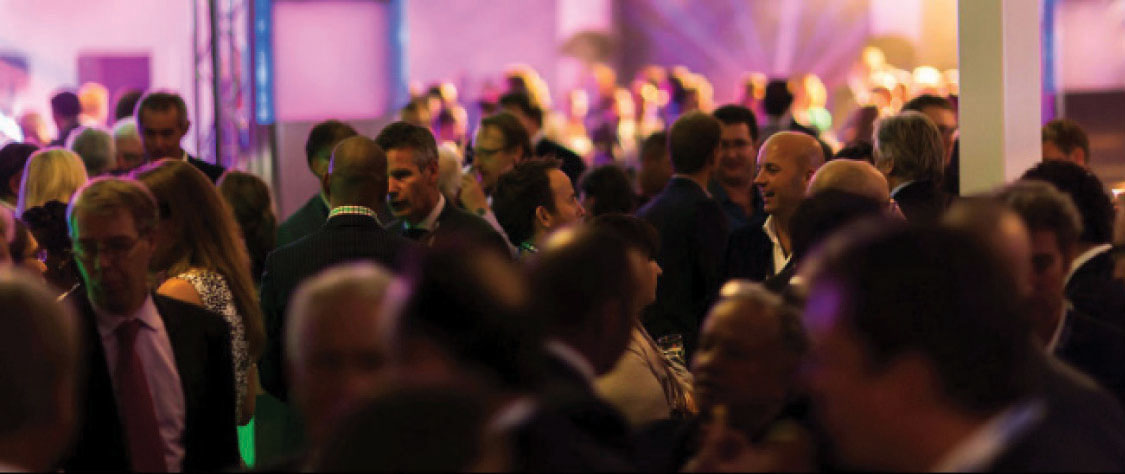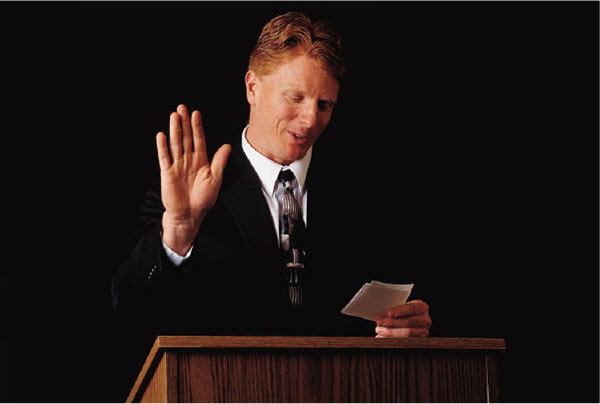Public Speaking Blogs
VerbaCom® brings you Public Speaking related discussions below:


The Question and Answer session after your presentation can be unsettling, especially if you're anxious about the kinds of questions you may be asked. A good presenter tries to anticipate questions from the audience during the process of preparing for the talk, and in doing so, do some research to be able to address possible unanticipated questions. This alone, can you maintain poise and confidence. A good rule of thumb is, if you KNOW your subject matter and overall presentation with all the specifics behind your statements, you should do fine. Here are some tips to help you survive a Q & A session:
The Question and Answer session is a great opportunity to shine. All it takes is being well prepared with the knowledge of the subject matter in your presentation and knowing the overall presentation itself, backwards and forwards, so that you can revert to any part of your presentation and expand on any statement within it. You will appear to answer with authority, poise and confidence. Think it's easier said than done? Not really. Remember, YOU are the one being asked to speak, probably because it was felt that you have the knowledge and expertise on the subject matter that the audience wants you to share. Give yourself that. It's a privilege and rather humbling to be able to share with others who want to hear about what you know.
Labels: public speaking, engage the audience, fearless presentations

Great speakers are natural and have an individual style. Style, however, is very different from protocol. As a speaker, you can destroy your credibility with poor lectern etiquette. Here are some tips for delivering professional presentations:
Labels: lectern etiquette, lectern speaker rules, podium body movement, podium protocol, podium rules, public speaking

Losing the audience is one of the most terrifying experiences all presenters want to avoid. First of all, you have to make sure you know it's even happening. It's great to focus on your message but as you're delivering your message, make sure you simultaneously scan your audience looking for "clues" indicating boredom, negative body language, etc. "Salvage" techniques you use as you're losing your audience depends on the audience, purpose of the talk, and topic. For example, techniques you use to "wake up" a group of high schoolers are different from those you use when speaking to a Board of Directors.
In any case, realizing you're losing your audience and doing something about it early on, is critical. Once you've lost the audience, however, it's next to impossible to bring it back and you can kiss the lectern goodbye. If that's the case, determining why you lost your audience in the first place, is the key to preventing it from happening in the future. Was it because of a poor delivery or was it because of a presentation that was unorganized, hard to follow or not relevant to the interests of the audience? Rather than beating yourself up, learn from the experience and focus on the future using these tips before you get behind the lectern:
Getting good feedback as you develop your skills in the creation of a dynamic presentation and in it's delivery, definitely increases the chances that your listeners will stay engaged and interested when the big day comes to present.
Labels: behind the lectern, engage audience, fearless presentations, feedback, grabbing audience attention, presentation evaluation, presentation feedback, presentations, public speaking, stress management

Before getting into the details about a Program Agenda, I thought it best to define it. First of all, the overall schedule of events that occur during an event gathering is called a Program. The written schedule of planned activities, their duration, and person(s) assigned to present or lead that activity within the Program, is called the Agenda or the agenda of the program itself.
The Program Agenda serves two purposes: 1) as an outline or roadmap of the activities that the attendees can expect to occur during the gathering and 2) as a visual guide for the presenters themselves, to help them know where they fit in the overall Program and how much time is allotted for their respective presentation or activity. A Program Agenda shows the duration of each activity on the Program so that it starts and finishes on time, and flows.
From start to closing, the entire Program can take anywhere from an hour to a full day or more, depending on its purpose. The gathering can take the form of a meeting or a more formal event that is usually put together by an organization or company. Program Agendas are often used in functions that include a sit down meal. A Master of Ceremonies (Emcee) is often used as a coordinator or orchestrator of the Program. He/she serves as the glue between each activity, helping the attendees enjoy the Program by explaining who or what's up next on the Agenda. A good Emcee follows a carefully designed Program Agenda, keeping the Program flowing and on time, while maintaining an upbeat mood. The Program Agenda acts as a roadmap for the Emcee (and presenters) to follow and a framework for attendees as to what is going on in real time.
With careful planning and dynamic execution of your Program Agenda, chances are you will "nail it" and all the participants, sponsors and attendees will be looking forward to next year's event.
Labels: agenda, emcee, event planning, lectern etiquette, master of ceremonies